Burger wars: Global giant to disrupt Australian fast food industry
Burger King was the first to set up shop on Australian shores, landing in Perth on April 1971. McDonald’s golden arches followed eight months later and then in 1982, Wendy’s opened its doors in Melbourne – only to disappear three years later.
Now Wendy’s – the world’s third-largest burger chain and famous for its square patties and its Frosty shakes – is having another crack at the Australian market, which has got consumers and a host of well-established local burger outfits intrigued.
“They come here thinking that as an American imperialist, they can land on our shores. They don’t define or differentiate themselves in any meaningful way,” said Grill’d founder and chief Simon Crowe.
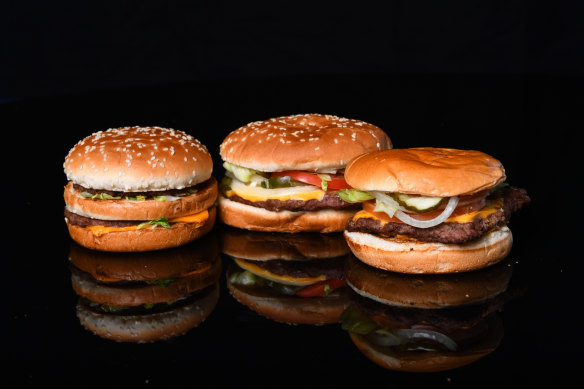
“What I do know is every time an American business contemplates Australia, they underestimate the Australian consumer and our discerning nature.
“Perhaps that fast food era of 30, 40 years ago – that ship has sailed. And I can’t see how Wendy’s would be the slightest bit relevant. We as Australians should be really proud of the produce and the quality of restaurants and cafes.”
Crowe’s scepticism isn’t surprising; he and his peers have seen the Australian food scene come a long way since the ’70s and ’80s.
“We see a changing of the fabric of what our fast food might look like.”
Retail food consultant Suzee Brain
With strong roots as an agricultural nation, a high standard of produce quality and freshness have been hallmarks of our food scene. Australian consumers are willing and able to pay more for quality, which has allowed pricier chains like Grill’d to carve out a piece of the market.
McDonald’s and Hungry Jacks have gone on to cement themselves as the two biggest burger players Down Under, but local players are getting bigger.
Grill’d has grown to 160 stores and captures a modest 3-4 per cent of the market off their pitch of “fresh, healthy” premium burgers. Betty’s Burgers currently has 54 stores but plans to open some 25 local stores per year. Then there are other home-grown outfits like Mary’s Burgers, Huxtaburger and Milky Lane that have amassed a fan following in the local burger market, worth $9.2 billion, according to research firm IBISWorld.
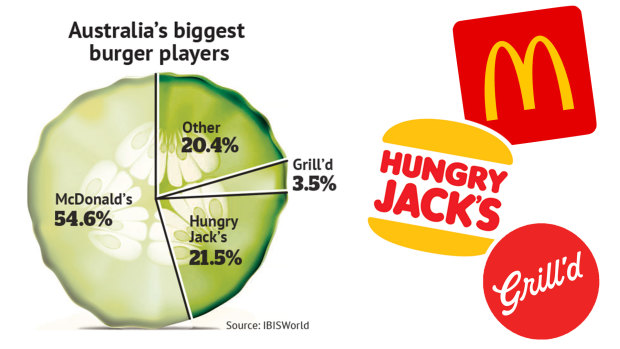
Wendy’s ambition to retest the waters in Australia follows the recent trend of American burger giants attempting to crack the Australian market. Despite the hype, these interlopers have so far tasted limited success.
Five Guys, which has 1425 stores in the US, has three outlets in Australia. Char-grilled burger chain Carl’s Jr has more than 1000 locations in the US but limited visibility in Australian citie. It has, however, found some success along Australian highways with 30 venues, mostly drive-throughs.
Actor Mark Wahlberg-owned Wahlburgers, which has 49 stores in the US, has four in Australia; while In-N-Out, which has nearly 400 locations around the US, has only ever run sporadic – albeit wildly popular – pop-ups locally.
Laying out the battleground
The fast food gold rush has coincided with the rapid rise of the humble burger’s social status, which has been repackaged from a low-price, cheap-quality commodity to a more upmarket offering, well suited to a social dining experience.
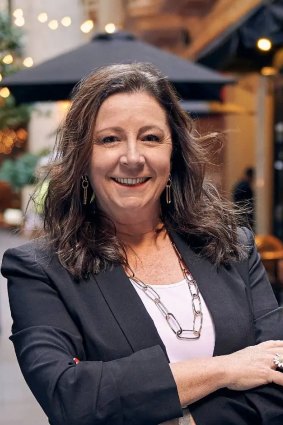
Food consultant and Titanium Foods director-owner Suzee Brain says while Australians and Americans share a mutual love for burgers, fried chicken, and pizza, any US chain entering the Australian market in 2023 would face a battle of at least two dimensions: commercial and cultural.
The operational costs of setting up shop in Australia is relatively higher compared to the US. To be even a fifth of the size of McDonald’s here, a new chain would have to roll out nearly 200 venues. “But that’s going to take them multiple years to roll out before you start to get any purchasing power on buying your potatoes cheaper and your buns cheaper,” said Brain.
Our transport costs and real estate prices are steep, she added, and that’s before you factor in wages. Australia’s minimum pay is $21.38 compared to America’s far lower rate of $11.03 (US$7.25).
“There are a lot of commercial implications until you can get scale that allows you to compete on price. So, that’s a difficult proposition for Wendy’s,” she said.
Then you have the changing tastes of a younger generation, which is embracing flexitarianism – with an emphasis on plant-based foods – and opting to eat five smaller meals instead of three bigger ones.
“The oversized burger and the upsizing aren’t necessarily things that are going to resonate too well with the emerging demographics,” said Brain.
Cultivating social capital and cultural relevance is arguably the toughest challenge Wendy’s would have to tackle. McDonald’s has cemented itself firmly in our fast food culture, meanwhile, players like Five Guys, In-N-Out, Shake Shack and White Castle hold some street cred thanks to the globalisation of American media.
Wendy’s will need to work on building brand recognition among Australian consumers, many of whom may confuse it with the South Australian-born ice cream, milkshakes and hot dog franchise Wendy’s Milk Bar.
“I think [fast food] is part of pop culture,” said Stuart Cook, the CEO of globally aspiring plant-based burger outfit Flave. “In-N-Out and Shake Shack have definitely become part of pop culture in the last 10 years. Younger people know about it because they see it in the movies, they see superstars going to it after the Oscars red carpet.”
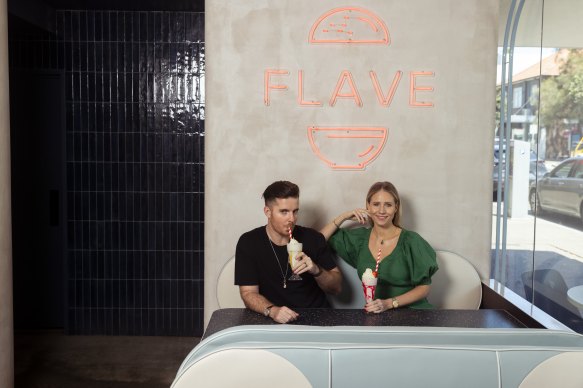
Australian chains are going global
Meanwhile, the tide is turning the other way. As Wendy’s scouts for master franchisors, the chief of every local burger operation this masthead spoke to was looking to expand in the US, with Flave’s Cook and Grill’d’s Crowe taking calls from New York or a Los Angeles airport. Separately, Guzman y Gomez intends to push more deeply into the US and, one day, Mexico.
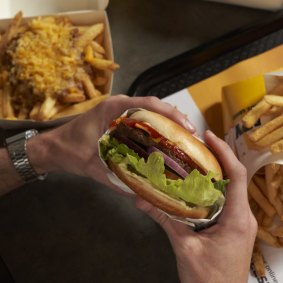
“It’s Australian concepts that should be going into the US because the ones who are successful here in Australia are almost born in fire,” said Cook, who argues that Australian businesses operate on lower margins and must have more robust, productive processes than their US counterparts where wages are lower.
“[Wendy’s] either increase their sales price proportionally … really reinvent themselves from a productivity standpoint, or partner with an amazing Australian operator that can take that model and tweak it to do incredibly well here in Australia.”
The battle will also have to be fought on more traditional grounds. Betty’s Burgers managing director Troy McDonagh says businesses that deliver on customer service always have a chance.
“I think there’s always room for businesses that deliver the key elements of hospitality, and that’s providing an environment that your customers or your guests love,” he said.
“If you find the magic that a customer is ready to receive, they will come back time and time and time again because the experience is the same … I’m certain, at Betty’s, not worried about [market] saturation.”
Although Wendy’s is a 54-year-old brand, both Brain and Cook observe that its legacy could provide a surprising upside, if executed well.
“Retro is back,” declared Cook. “That’s where store design could play a really important part,” added Brain.
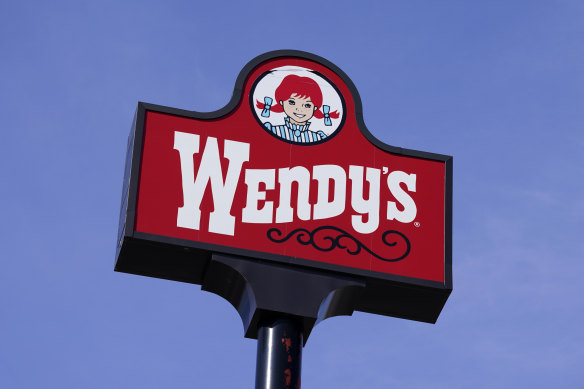
Despite the scepticism from industry competitors, franchisee interest in Wendy’s has been strong, according to franchise consultancy and Wendy’s local partner DC Strategy.
“We’ve had the highest ever applications for a franchise as a result of support for Wendy’s entering the Australian market,” said DC Strategy group CEO Barry Money, who said there had been “hundreds” of applications. “We’ve been inundated, frankly.”
“Wendy’s has identified there’s a niche in the market for their brand … It’s got a reputation for being a friendly and a family-friendly brand.
“They’re extremely franchisable.”
Wendy’s chief development officer and president of international Abigail Pringle described Australia as a high-priority market with great potential for long-term growth.
“We’ve been interested in this market for years and Australians have been asking us to bring our fresh, high-quality, great-tasting food to the country. We’re ready to answer the call, and we’re excited to have a new home in Australia,” she said.
The chain is seeking “qualified, well-established master franchisee candidates who share our ambition for accelerated growth, have strong financial wealth and a proven track record of growing brands in Australia,” she added.
When Wendy’s collapsed in 1985, its remaining 11 stores were gobbled up by Hungry Jack’s, which shuttered two and converted the other nine to Hungry Jacks stores.
“The burgers are better at Hungry Jack’s,” said a spokesperson. “And we intend to keep it that way.”
McDonald’s declined to comment.
Most Viewed in Business
Source: Thanks smh.com